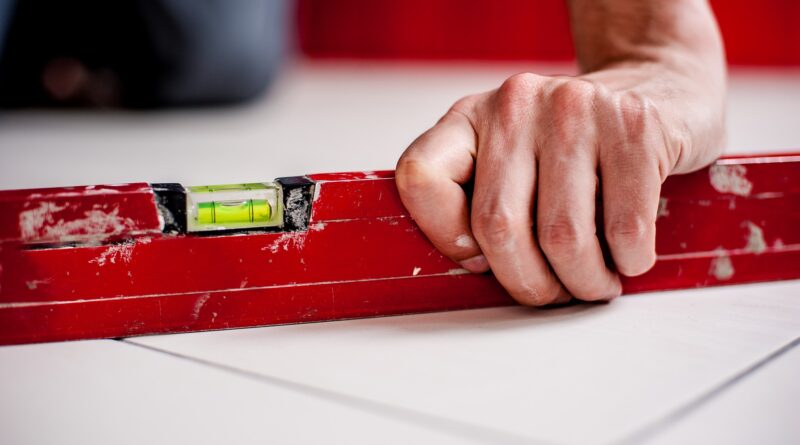Leveling a washing machine is an important task that ensures proper operation and prevents damage to both the appliance and your floor. While it might seem challenging at first, I can assure you that with the right approach and tools, you can level your washing machine in just a few simple steps. Let me guide you through this process to help you maintain your appliance and ensure its optimal performance.
Spis treści:
Required Tools
Before starting the leveling process, you’ll need to gather a few essential tools. You should have a carpenter’s level (a bubble level), adjustable wrench, and possibly some wooden shims. The carpenter’s level will help you determine if the machine is properly balanced, while the wrench will allow you to adjust the feet. Having these tools ready before you begin will make the process much smoother and more efficient.
Step-by-Step Leveling Process
Start by placing the carpenter’s level on top of the washing machine from front to back, then side to side. If you notice any wobbling or the bubble in the level isn’t centered, your machine needs adjustment. First, adjust the front feet using the wrench to turn them clockwise to lower or counterclockwise to raise them. Most washing machines have self-adjusting rear legs, but if yours has adjustable rear feet, you’ll need to access them as well. Keep checking with the level until the machine sits perfectly flat.
Common Issues and Solutions
If you’re having trouble achieving proper leveling, several common issues might be the culprit. An uneven floor can make it difficult to level the machine properly – in this case, wooden shims might help stabilize the unit. Sometimes, the feet might be damaged or stuck, requiring replacement or lubrication. If the machine continues to wobble after leveling, double-check that all feet are making solid contact with the floor and aren’t sitting on any debris or uneven surfaces.
Testing and Maintenance
After leveling your washing machine, perform a test run with an empty load to ensure it operates smoothly without excessive vibration or movement. Pay attention to any unusual sounds or movement during the spin cycle. It’s a good practice to check the level of your washing machine every few months, as regular use and vibration can cause it to become unbalanced over time. This regular maintenance will help extend the life of your appliance and prevent potential issues.
When to Seek Professional Help
While leveling a washing machine is typically a DIY task, there are situations where professional help might be necessary. If you’ve followed all the steps correctly but still experience significant vibration, or if you notice structural issues with the floor beneath the machine, it’s best to contact a qualified appliance technician. They can assess whether there are underlying problems that need addressing and ensure your washing machine is properly installed and leveled.
